Press
Finding an Order Management System That Works For You
Feb 20, 2023
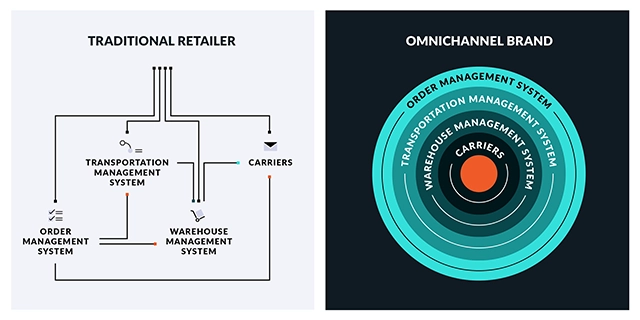
Everything you need to know to evaluate order management systems and find the right solution.
To help you identify what’s right for your business, this article walks through:
What is an Order Management System?
Why Do I Need an Order Management System?
Understanding the Order Management Process
Common Order Management Features
Top 6 Benefits of a Modern OMS
Improve and Automate Order Management With MasonHub
What is an Order Management Company?
Order management systems (OMS) refer to software that tracks sales, orders, inventory, and fulfillment, while powering the actual process of completing an order.
A modern OMS is the technology that powers the connections for one seamless solution. In turn, this reduces the complexity of having to set up and maintain disparate systems, which prevents many companies from being able to scale. The old way of thinking about an OMS only involved order fulfillment services. However, modern order management systems treat the complete supply chain as an interconnected ecosystem, allowing merchants to automate their internal processes from order through to fulfillment and returns. At MasonHub, we manage the process through this entire lifecycle, with robust features and functionality that give clients more powerful tools to optimize and flex their business.
An OMS should be able to:
- Route orders from warehouses based on proximity to destination and inventory availability
- Update inventory levels across systems and sales channels in real time
- Provide order details to warehouses for fulfillment
- Track orders and returns from door to door for both customers and customer service teams
- Surface and forecast stock levels in order to avoid stock-outs
- Handle pre-sell, back orders, kitting, and returns
Why Do I Need an Order Management System?
To complete an order, many things must happen from the moment someone clicks “buy” to when they receive the product. Inventory and orders must align across multiple channels. Every step of the order fulfillment process must be tracked. Data must be reported, analyzed, and evaluated. As a result, an order management requires a multi-dimensional system that touches nearly every facet of how your business operates, including:
- Customer profiles
- Multiple sales channels
- Product information management
- Inventory levels and multiple location management
- Order processing
- Backorder management
- Order printing
- Picking and packing
- Shipping
- Negotiating carrier shipping rates and discounts
- Wholesale order management
- Retail store replenishment
- Returns and refunds
- Customer Service
- Marketing and promotional programs
Why is this important? With the rise of direct-to-consumer and multichannel distribution, retailers must be able to handle allocation across all channels. They need systems able to integrate with ERP and ecommerce platforms. That means a need for new types of solutions.

Understanding the Order Management Process
Order management is more than just fulfilling and shipping items from your warehouse to your customer. It involves a series of synchronous steps, fluid processes, and constant communication that create a seamless customer experience. The smoother and faster the flow, the more orders the company is able to process, and therefore, the quicker the business is able to grow. Here’s a breakdown of how end-to-end order management works:
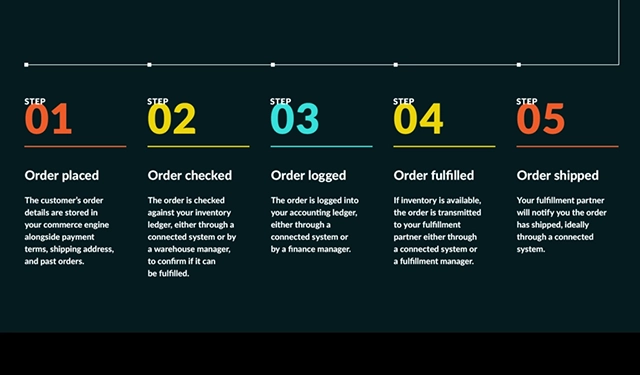
Order Placed: The process begins when a customer places an order online, in-store, or over the phone with a customer service representative. The customer’s order details get logged in the ecommerce platform alongside payment terms, shipping address, and past orders they’ve placed.
- Order Checked: The order must check against your inventory ledger, either through a connected system or by a warehouse manager, to confirm whether it can be fulfilled. If inventory is low, or runs out completely due to a large order, additional inventory may be purchased from your vendor using an ERP or similar purchase order platform.
- Order Logged: Next, the order gets logged into your accounting ledger, either through a connected system or by a finance manager, which records it as cash or accounts receivable, depending on the type of order and payment terms. An invoice is generated and sent to the customer.
- Order Fulfilled: If inventory is available, the order is transmitted to your fulfillment partner either through a connected system or a fulfillment manager. For ecommerce orders, your fulfillment partner will purchase a shipping label through a carrier, who’ll pick it up and deliver it to your customer. For wholesale orders, you will coordinate pickup with a shipping provider who’ll schedule a pickup and deliver it to your customer.
- Order Shipped: Finally, your fulfillment partner will notify you the order has shipped, ideally through a connected system. Your customer will pay you for the goods according to your payment terms, and your ledger will be updated with payment either through a connected system or manually by your finance manager.
Common Order Management Features, Functions, and Capabilities
The more touchpoints and people involved in the order management process, the more potential roadblocks there are to its success. For instance, key challenges for businesses include human error and process backlogs, lack of inventory visibility, transportation errors, and poor communication, which can all erode customer satisfaction and ultimately negatively impact loyalty. Consider these stats: the average U.S. retail operation has an inventory accuracy of only 63 percent. Over one-third of businesses have shipped an order late because they sold a product that wasn’t in stock.
The new wave of order management systems can help modern companies avoid these pitfalls. Modern solutions utilize an integrated and responsive OMS that works directly with a business’s ERP system and works alongside the human workforce in order to power the most productive, accurate and profitable order management cycle possible. Here’s how it should optimize the following features, functions and capabilities:
- Fulfillment: In the process of receiving, packaging and shipping ecommerce orders to customers, effective order management systems should optimize and streamline every step of fulfilling a customer order.
- Allocation of inventory: Inventory should be automatically allocated across multiple channels and the data updated in real time so customers know exactly how much inventory they have, so they can maximize sales.
- Pick and pack: Technology to support fast and accurate pick and pack ensures that these vital parts of the fulfillment process don’t get held up. Barcodes and scanners that capture data in real time, as well as automated packing requirements based on order attributes are some examples.
- Order/Shipping/Fulfilment Visibility: Customers should be able to view all their order and shipping data in real time to ensure that they’re meeting their fulfillment SLAs and their customers’ expectations.
- Integrations with ecommerce and shipping suppliers: Modern fulfillment solutions offer easy compatibility with popular ecommerce platforms and shipping providers that reduces the need for manual intervention. They streamline multiple systems into one, and real-time error-free integrations are key to achieving that.
- Integrations with other technology: Today’s order management systems should be capable of easily connecting to other key parts of your technology stack like your ERP, business intelligence platform, or CRM through application plug-ins or a well-documented RESTFul API. It should be easy for your engineering team to seamlessly connect and monitor your data.
- Value Added Services (VAS): These tech-powered features are like the power boosts of fulfillment, offering customers the ultimate customization and flexibility. The ability to pre-sell inventory or manage back orders, kit multiple products into bundles, and handle the entire returns lifecycle are complicated operations made simple with advanced technology.
Top 6 Benefits of Moving From Spreadsheets to an OMS
You can stop managing your business in spreadsheets and gain key competitive advantages with an order management system. An OMS provides you with automated visibility into every step of the sales process, saves you time and money, reduces human error, and improves financial accuracy. True order management systems supports the full customer lifecycle and improves the overall customer experience. Here are the Top 6 benefits to switching to an OMS:
1. See all of your orders and inventory in one place
Firstly, a centralized, synchronized OMS makes it easy for companies to have a single view of their complex omnichannel fulfillment ecosystem. It protects against order errors, customer dissatisfaction, and lost revenue due to delayed or manual updates. These in turn can lead to low inventory, incorrect invoicing, and unforeseen transportation errors.
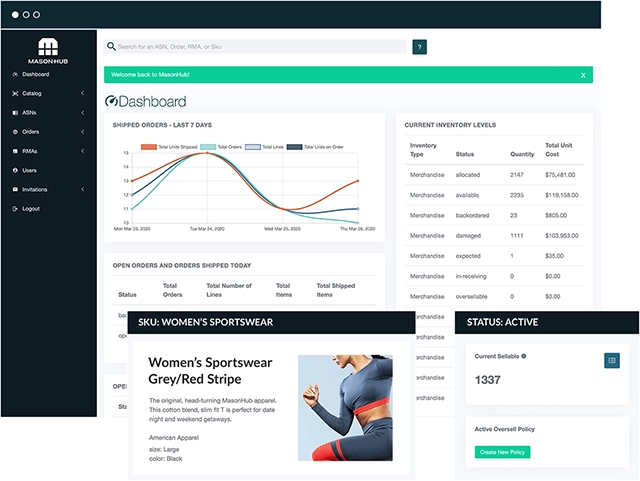
2. Streamline and automate operations
Secondly, because an OMS is automated, you’ll save your company time and money, decrease human error across orders and invoicing, and spend more time analyzing data that will drive growth and customer satisfaction. An OMS also increases data security, as there is less need for manual intervention.
3. Improve inventory management
The real-time capabilities of order management systems benefit inventory management by distributing data in real time regarding shipments received and items sold, returned, or exchanged. This improves inventory accuracy and saves companies from over-selling inventory, and once again, ensures customer satisfaction.
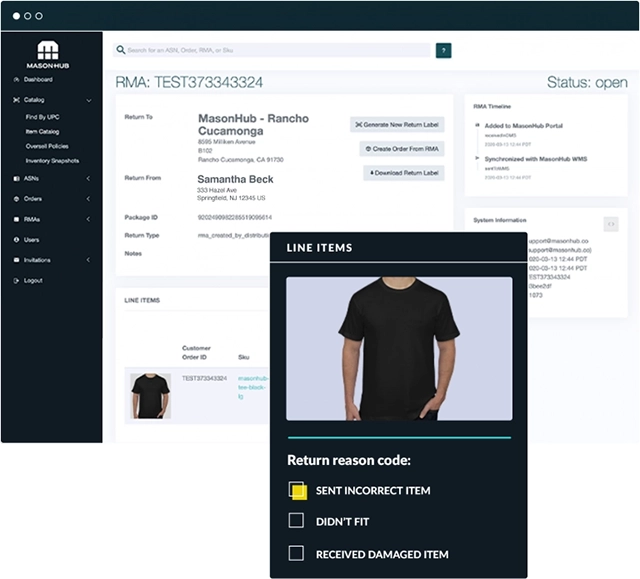
4. Reduce spending
Along with the benefits of reduced time and errors, making the switch to an OMS means you are saving money for your business and generating more revenue. Investing in an OMS allows you to stop spending money on separate accounting, inventory management, customer service, shipping, and marketing software. A unified OMS gives you all of these components in one program. In addition, it can save you money by comparing shipping rates across national and regional carriers, and choosing the one that best fits your needs or budget.
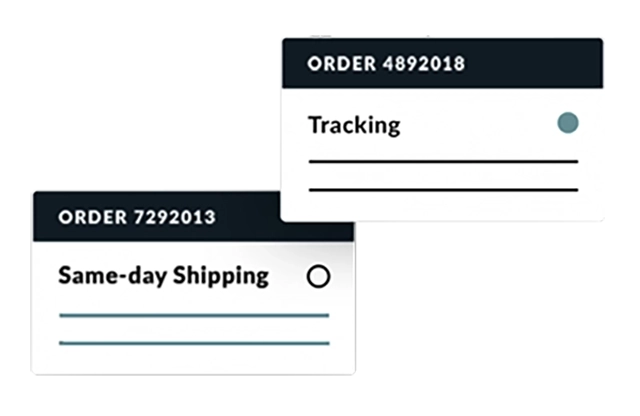
5. Access your data from anywhere 24/7
Businesses can access their order management system online from any location, which means they are able to process orders remotely and at any time. As a result, they have greater data control, better customer service, and more efficient order processing.
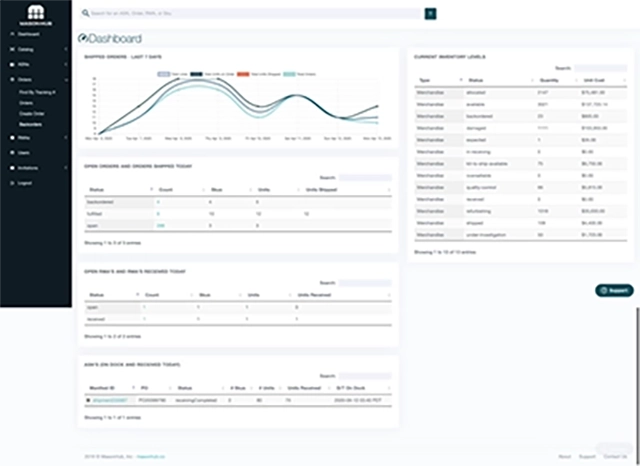
6. React quickly with real-time intelligence
Thanks to the real-time data display of an OMS, companies can be proactive and react more quickly to any issues that may arise, rather than risking customer dissatisfaction with errors or delays. Moreover, this saves money and ensures that product and payment data are up to date, giving companies accurate financial information more insight into their current state of business.
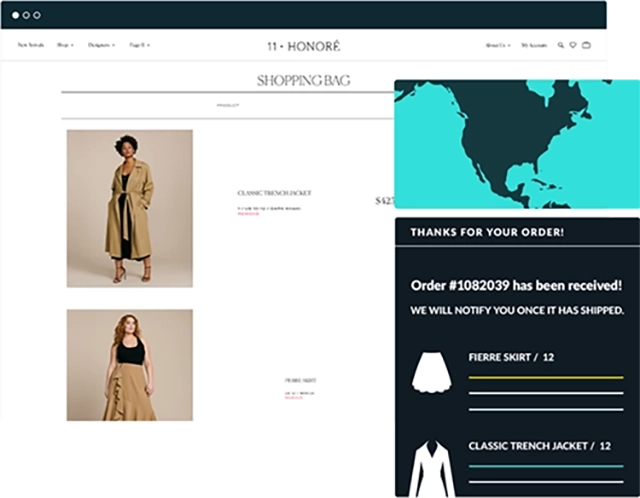
When to Invest in an OMS
Are you overwhelmed by the prospect of order volumes rising again? That’s one sign that supply chain complexity is overshadowing your operations. You should be able to focus on growth without worrying about missing delivery dates, losing track of inventory, or losing your margins to operational inefficiency.
Top 5 signs it’s time to invest in an order management system:
- Inventory costs are high while visibility remains low.
- Deliveries aren’t consistent and often arrive late.
- Customer complaints are on the rise.
- It’s hard to pinpoint the status of orders.
- Supply chain expenses are eating into margins.
Whether you’re packing and shipping orders yourself or already working with a fulfillment services provider, these are all signs of fast growth without the scalable practices to support it.
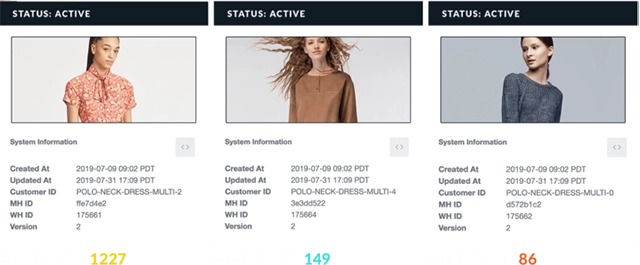
How to Choose an OMS
Use this checklist to help guide you in selecting a scalable OMS that’s right for you:
- Is it a modern, well-maintained and secure software?
- Can I integrate all my ecommerce tools?
- Can I see all my data in one place?
- Does the platform support an omnichannel strategy?
- Will I have access to discounted shipping rates?
- Can the platform scale when volumes skyrocket?
- Can I customize the system for my brand requirements?
Improve and Automate the Order Management Process with MasonHub
Modern retailers need flexibility both today and in the future as they scale. Flexibility is what businesses should shop for, not just today’s immediate needs. Fortunately, MasonHub has created the technology to handle this effortlessly. We understand that order management is more than just dropping an order and fulfilling it; our platform gives customers a one-stop shop with the most visibility and data, always consistently, across all our warehouses.
Integrate easily with your favorite ecommerce tools
View the status of an order in real-time and track its progress through fulfillment all the way to delivery, returns, refurbishment, and resell in your inventory. Support your omnichannel strategy with dynamic allocation and visibility of inventory across all channels: direct-to-consumer, retail, and wholesale. Get game-changing features, enhanced functionality and a holistic view of the entire consumer lifecycle.
Unlock Value-Added Services
- Branded packing slips
- Special packaging
- Gift messages
- Gift wrap
- Kitting
- Marketing inserts
- Product labeling
- Rush Receiving
- Returns refurbishment